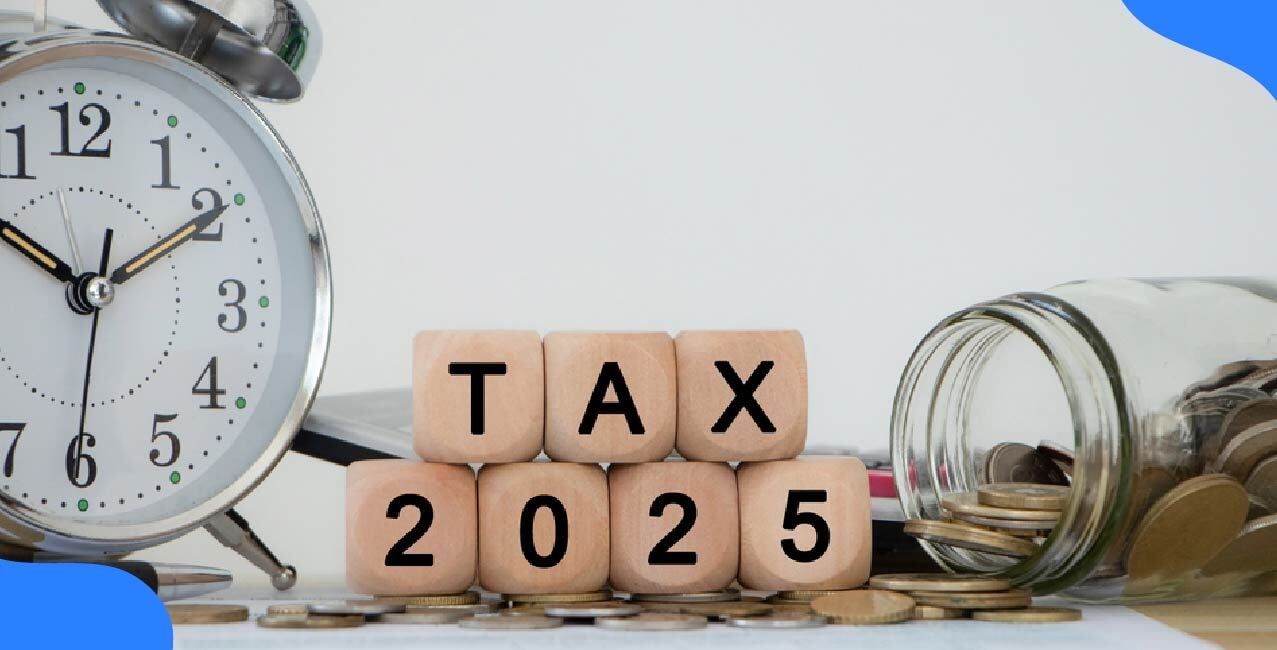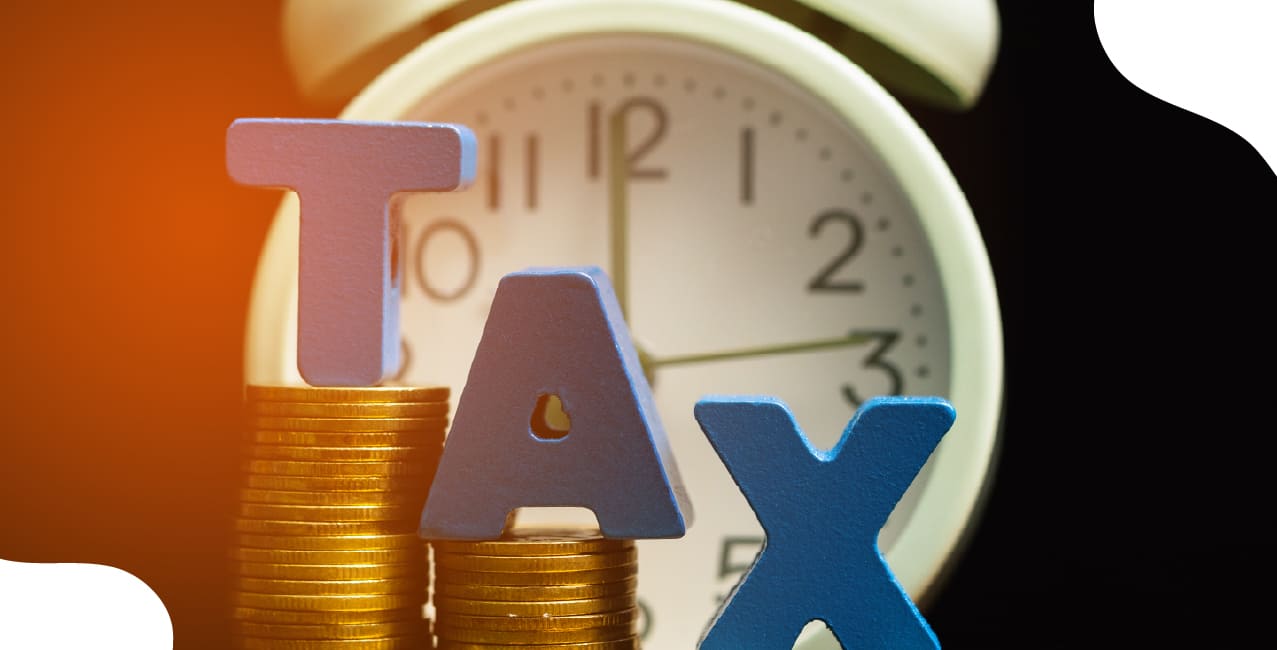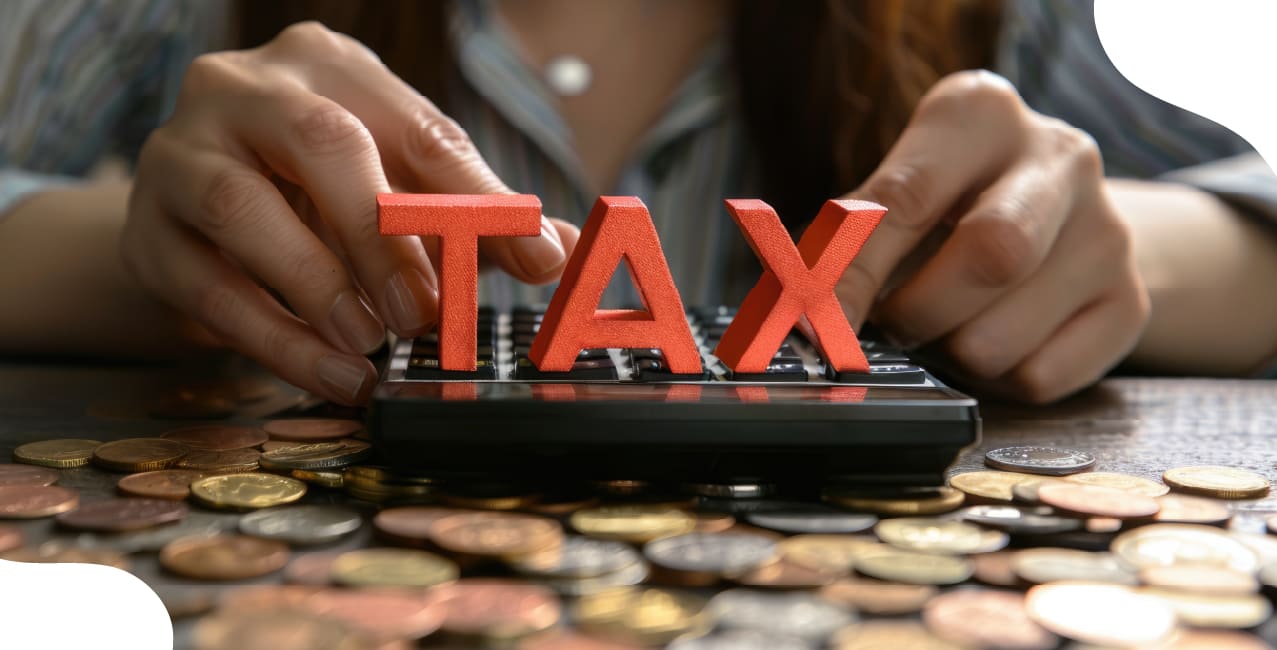
Author
LoansJagat Team
Read Time
6 Min
25 Aug 2025
What is VAT? Full Form, Meaning & Difference from GST
VAT stands for Value Added Tax. It is a tax added at every stage of making and selling a product. Each seller charges VAT on their part of the process and passes it on to the buyer.
‘GST se pehle Fogg aur VAT dono chalta tha!’
For example, Raj went to buy a smartphone in Delhi in 2015, before GST was launched. The manufacturer produced the phone for ₹10,000.
- It was sold to the wholesaler at: ₹12,000 + 10% VAT = ₹13,200.
- The retailer added a ₹2,000 margin and sold it to Raj at ₹15,200 + 10% VAT = ₹16,720.
The table shows how a ₹10,000 phone cost ₹16,720 to Raj.
He paid tax on already taxed value, this was called cascading tax, and that's exactly what GST later solved. ‘Aap Chronology Samjah Rahe hai?’
Before GST, India’s tax system was in bits and pieces. VAT was one such tax that varied state-wise and led to multiple layers of taxation. ‘Koi bhi kabhi bhi aakar lga jaata tha!’
In this blog, we’ll explain how VAT worked, how it differed from GST, and why India needed a change.
VAT = WAAT…Sach ya Jhooth?
You might think that if someone is paying tax at every stage of the supply chain, then that tax is nothing less than ‘Waat’. However, no extra burden is created because the VAT system ensures that only the value added at each step is taxed. The final consumer ends up paying just one clean amount of tax, not the total of all previous ones.
Read More – Difference Between VAT And GST: What Sets Them Apart?
Let’s explain it with an example.
For example, there is a product called Ballssy. It goes through three steps:
- From Raw Material Supplier to Manufacturer
- From Manufacturer to Retailer
- From Retailer to Consumer
Now let’s go step-by-step.
Step 1: The Supplier sells raw materials to the Manufacturer
- Price of raw materials: ₹2
- VAT (10% of ₹2): ₹0.20
The manufacturer pays ₹2.20 total. The supplier collects this ₹0.20 VAT and pays it to the government. The manufacturer gets a credit for this ₹0.20. This is called input VAT. Input VAT is the tax you already paid when you bought something for your business.
Step 2: The Manufacturer sells Ballssy to the Retailer
- Manufacturer’s selling price: ₹5
- VAT (10% of ₹5): ₹0.50
The retailer pays ₹5.50 total. But wait, the manufacturer already paid ₹0.20 VAT earlier (input VAT).
So, when it’s time to pay taxes:
- Output VAT collected = ₹0.50
- Input VAT already paid = ₹0.20
The manufacturer pays the difference of ₹0.30 to the government. Also, since tax is levied only on the value added at each stage, it’s called Value Added Tax.
Step 3: The Retailer sells Ballssy to the Consumer
- Retailer’s selling price: ₹10
- VAT (10% of ₹10): ₹1
Consumer pays ₹11 total. The retailer already paid ₹0.50 VAT when buying from the manufacturer.
So now:
- Output VAT collected = ₹1
- Input VAT = ₹0.50
The retailer pays only ₹0.50 to the government at this stage. You must have seen that the consumer is not paying tax directly to the government. The tax is collected via sellers, which is why VAT is an Indirect Tax.
This is the summary of the tax journey in the above example.
The total VAT the government gets = ₹0.20 + ₹0.30 + ₹0.50 = ₹1.00. It is the consumer who pays the full ₹1 VAT in the end.
Who is Using VAT & How?
You’re not alone in dealing with VAT. In fact, almost the whole world is! As of 2025, around 175 countries use VAT or a similar system. That’s nearly every country except the U.S..
Let’s take a quick tour of how different countries apply VAT:
- European Union (EU) Member States
Under EU law, countries must impose a standard VAT of at least 15%, although actual rates typically fall between 17% and 27% (e.g. Hungary at 27%, Luxembourg at 17%, most others at 20–22%). EU countries also offer reduced rates for essential goods, but not lower than 5%.
- United Kingdom
The UK applies a standard VAT rate of 20% on most goods and services. It also enforces a reduced rate of 5% for children’s car seats, certain energy-saving goods, etc. For basic food, books and other essentials, the government offers zero-rating.
- India
Many might assume ‘GST aagya hai na’. GST has not completely replaced VAT. VAT persists in India only on petroleum products, alcohol for human consumption, and select electricity supplies. VAT is a state-based tax, which is why you see different petrol and diesel rates in different states.
For example, petrol price ranges from ₹94.72 in New Delhi to ₹106.48 in Indore. Diesel prices range from ₹82.45 in Chandigarh to ₹92.33 in Indore.
What Is GST?
GST stands for Goods and Services Tax. It has a more unified, simplified structure than VAT. It replaces multiple indirect levies, such as central excise, service tax, VAT (in states), entertainment tax, and luxury tax. Businesses can claim input tax credit across stages, much like VAT.
The standard rate is 0% (for food staples), 5%, 12%, 18% and 28% (+cess on luxury items) in India. For other countries like Canada, it is called as Federal Goods and Services Tax & Harmonised Sales Tax. The standard rate of GST is 5% and HST varies from 0% to 15%
- Similarities Between GST and VAT
VAT and GST may have different names, but they share four fundamental traits that drive how they operate around the globe. Let’s discuss them below:
- Input Tax Credit Mechanism
Both systems allow businesses to claim credits for taxes paid on inputs, helping to avoid double taxation and reduce the cascading effect.
- Destination‑Based Model
Under both systems, GST or VAT is levied where goods/services are consumed, not where they’re manufactured.
- Global Reach
By early 2025, 175 of 193 UN‑member countries used a VAT‑style system. Around 140+ countries, including India, Canada, and Australia, adopt GST or similar variants.
Also Read - What are Direct Tax and Indirect Tax? Differences & Examples
GST is a modernised, unified form of VAT, offering broader coverage and reducing cascading effects. Both operate on the same principle, that the value added at each stage remains consistent.
- Difference Between GST and VAT
VAT and GST are both value-added taxes, but GST was introduced to simplify the system. Unlike VAT, GST unifies multiple taxes into one, covering both goods and services under a national framework. Here are the major differences between the two:
If you're a founder, understanding these key differences is crucial. You don’t want to waste energy wondering why distributors charge more in Manipur and less elsewhere. Now, do you?
Conclusion
VAT and GST are both consumption-based and credit-friendly taxes. However, GST simplifies the process by unifying multiple stages under one system. While VAT persists globally, GST represents a cleaner, tech-friendly upgrade. It has made taxation smoother for both businesses and consumers.
Frequently Asked Questions
Do tourists pay VAT or GST?
Yes, but many countries refund VAT/GST to foreign tourists on eligible purchases if they claim it at designated refund counters.
What happens if GST is not paid by a business?
The business may face penalties, blocked input credit, and legal action under the GST law for non-compliance.
How do VAT and GST affect inflation?
Both can temporarily increase prices during rollout, but effects usually stabilize as businesses and supply chains adjust to new systems
Can GST be different in different states?
Yes, in federal systems like India, GST has state (SGST), central (CGST), and interstate (IGST) components with possible exemptions.
Can VAT/GST be charged twice on the same product?
Not exactly, input tax credits prevent double taxation, though errors in compliance can lead to mistaken double charges.
Other Related Pages | |||
About the Author

LoansJagat Team
‘Simplify Finance for Everyone.’ This is the common goal of our team, as we try to explain any topic with relatable examples. From personal to business finance, managing EMIs to becoming debt-free, we do extensive research on each and every parameter, so you don’t have to. Scroll up and have a look at what 15+ years of experience in the BFSI sector looks like.

Quick Apply Loan
Subscribe Now
Related Blog Post

LoansJagat Team • 22 Sep 2025
_of_Income_Tax_Act.jpg)
LoansJagat Team • 22 Sep 2025

LoansJagat Team • 22 Sep 2025